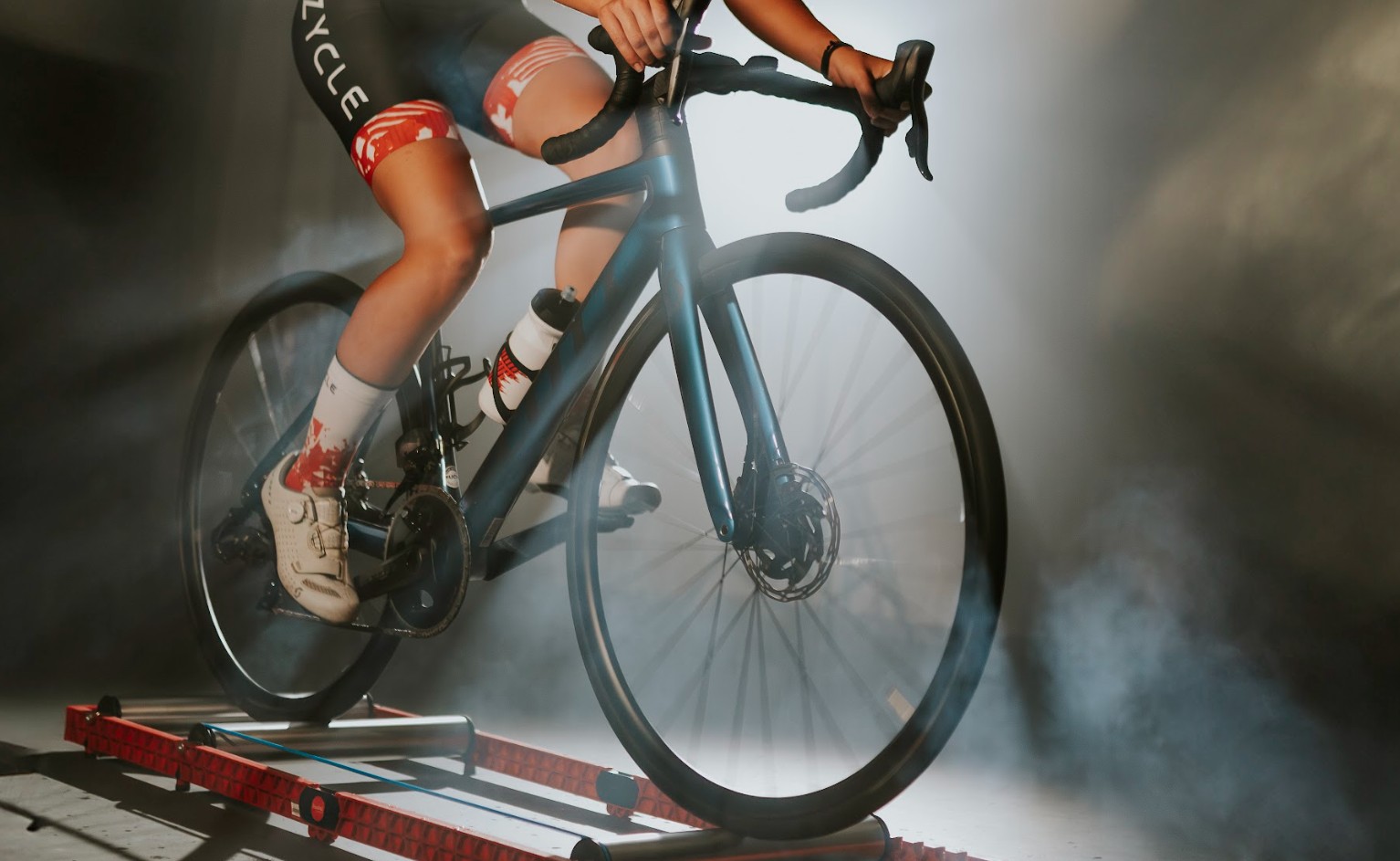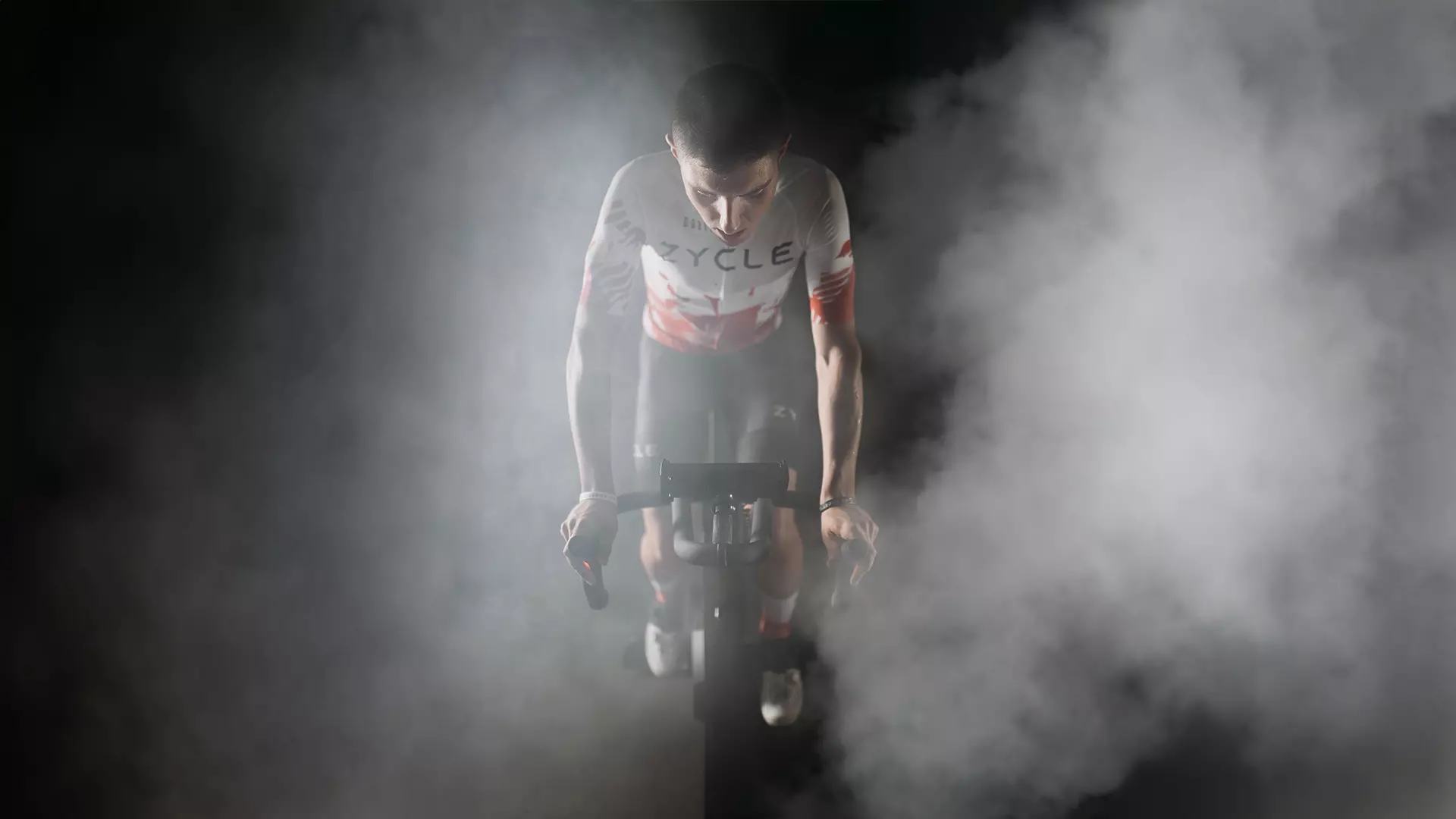Recently we talked about the history of cycling, how this sport emerged and how it has evolved over time, both competitively and in sports equipment, as is the case of the ZBike 2.0, the most advanced indoor bike on the market. This time we focus on the history of cycling in Spain, what were the first national races, as well as the first Vuelta Ciclista a España, which was held in 1935, and we will also review who have been the best cyclists in the history of the country. Find out in detail in this article!
History of cycling in Spain, the first races
Cycling is a sport that began to consolidate in the second half of the 19th century in Europe, where the first bicycle competitions took place. In Spain we can speak of several examples at a competitive level, although the first race of which there is evidence is that of Eibar – Elgoibar – Eibar in 1913. The first winner in this case was Cándido Arrizabalaga, alias Aputxiano, who took his nickname from the Italian cyclist Apocciano. The reason why this race is considered the initiator of the history of cycling in Spain is due to the fact that most of the bicycle factories were located in the city of Eibar (Basque Country).
This was followed by the Gran Premio de la República, which was also the predecessor of the Vuelta Ciclista a España and was held from 1932 to 1936. This competition was held in a single day during the first three years, while in the last two years it consisted of four stages covering the route Eibar – Madrid – Eibar. The brothers Luciano and Ricardo Montero were some of the winners of these races.
Vuelta Ciclista España: history and its evolution in time

The Vuelta Ciclista a España is one of the three great tours of world cycling, together with the Tour de France and the Giro d’Italia, and one of the most emblematic sporting events on the international calendar. Its history began in 1935, inspired by the success of the other two great European tours, and was promoted by the newspaper “Informaciones” and its director Juan Pujol, with the aim of promoting cycling and increasing the newspaper’s circulation; in collaboration with the cyclist and journalist Clemente López Dóriga. In the specific case of the first edition, it took place from April 29 to May 15 and was developed in 14 stages and a total distance of more than 3,400 kilometers, being won by the Belgian Gustaaf Deloor -who also won the second edition in 1936-. However, the Spanish Civil War and later the Second World War interrupted the celebration of the race, which would not be organized regularly again until the 1950s.
Although it is true that it was resumed in 1941 by the newspaper “Ya”, the participation was almost exclusively Spanish and the time trial stage of the competition was disputed for the first time. The winner of the 41st and 42nd editions was Julián Berrendero. However, between 1943 and 1944 there was another break. Then it returned in 1945 and was held for four more years until 1950. In these first stages it was generally organized in the spring, but since 1995 it was moved to the end of the summer, which helped to attract more figures from the international peloton and positioned it as the last grand tour of the season. It is important to emphasize that throughout its history, the Vuelta has witnessed great feats and legendary riders. Cyclists such as Luis Ocaña, Federico Martín Bahamontes, Pedro Delgado, Alberto Contador or Alejandro Valverde have left their mark on the race, as have international figures such as Tony Rominger, Chris Froome or Primož Roglič, the latter dominating several recent editions.
One of the most outstanding features of the Vuelta is its ability to innovate in the route, introducing explosive stages, unpublished high finishes and spectacular routes that cross the entire Spanish geography. This has turned the race into a benchmark of excitement and spectacle, being today not only a sporting competition, but also a cultural and tourist showcase of the country, with millions of spectators following each stage on television and live. Its evolution has consolidated it as one of the most important and strategic races in world cycling.
The best cyclists in the history of Spain
Spain has been the cradle of great cyclists who have marked the history of cycling both nationally and internationally. One of the first legendary names is Federico Martín Bahamontes, known as “The Eagle of Toledo”, who was the first Spaniard to win the Tour de France in 1959 and stood out for being an exceptional climber. In the 80s and 90s, Pedro Delgado and Miguel Induráin became absolute references. Delgado won the Vuelta a España in 1985 and the Tour de France in 1988. For his part, Induráin achieved a historic milestone by winning five consecutive Tours de France between 1991 and 1995, something that positioned him as one of the best cyclists in the world.
In the 21st century, Alberto Contador has been another giant of Spanish cycling, winning the three grand tours: Tour, Giro and Vuelta, making him one of the few cyclists to have achieved this feat. Also outstanding are Alejandro Valverde, for his longevity, regularity and multiple podiums, and Óscar Freire, three-time world road champion. It is difficult to talk about who is the best cyclist in Spain, since there are many who have left their mark in the country and internationally with their talent.


 Cart is empty
Cart is empty 


